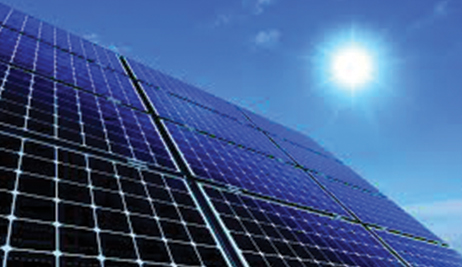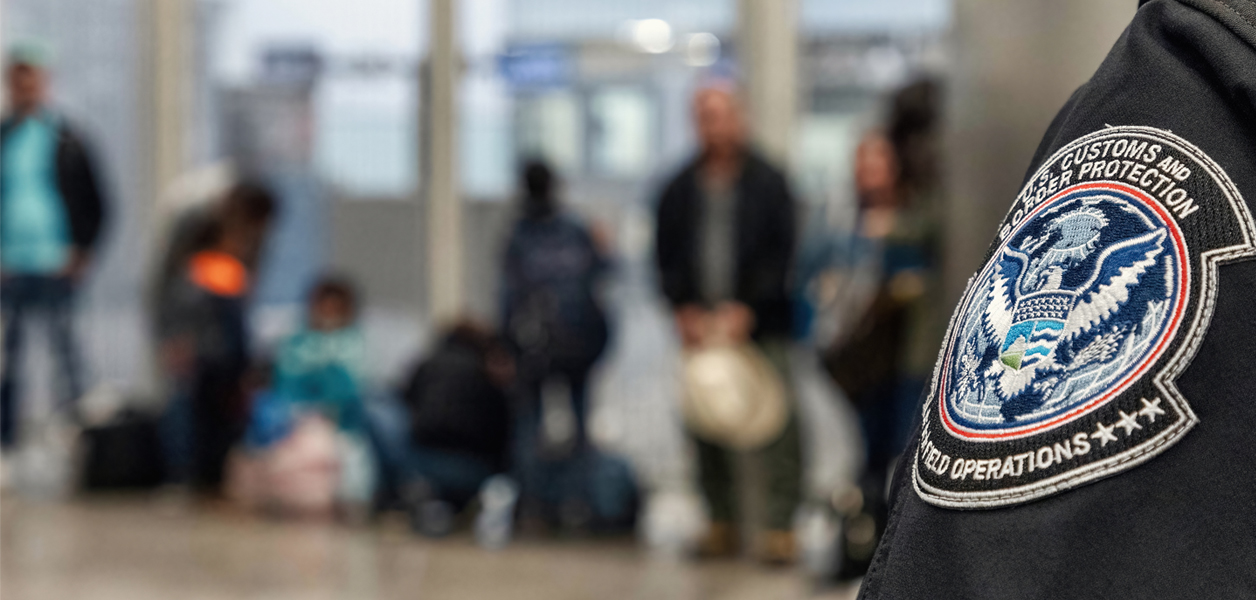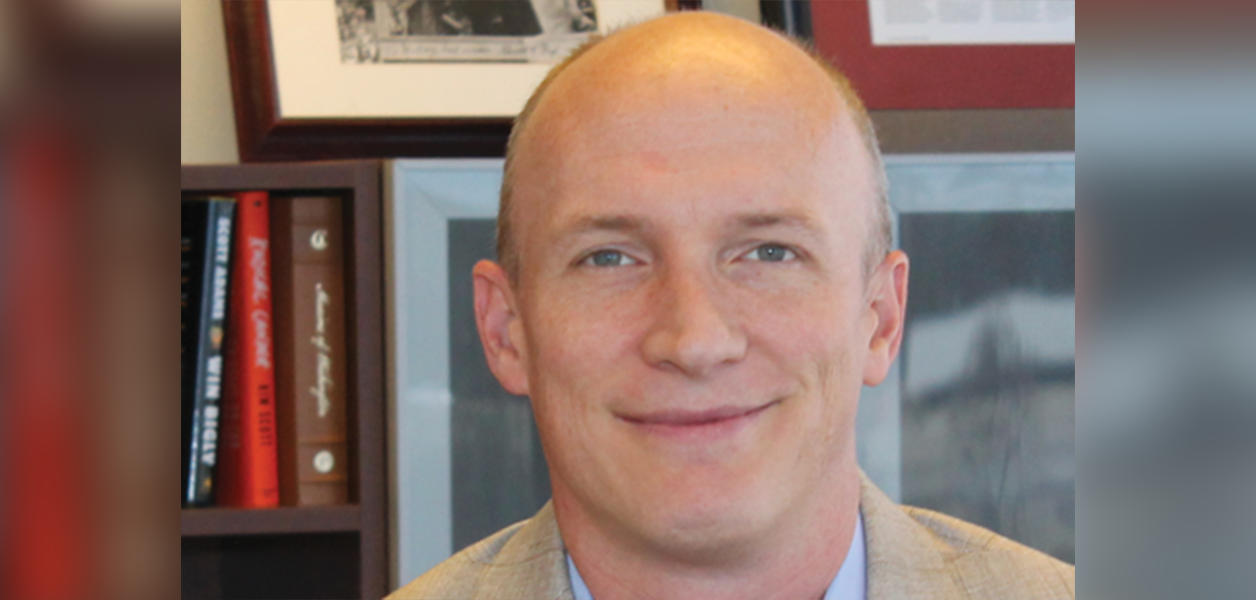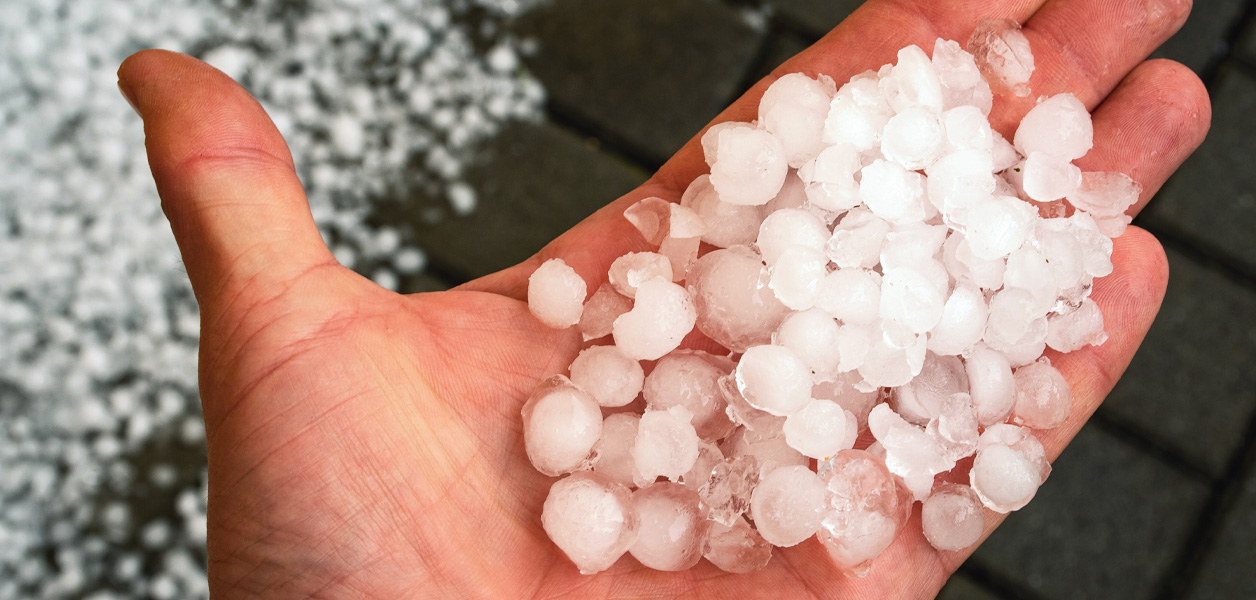After Hurricane Maria in 2017, residents and businesses in Puerto Rico increasingly are investing in renewable-energy technologies—mainly solar—to avoid power outages from the island's unreliable electric grid, according to The Wall Street Journal.
The renewable-energy push comes as Puerto Rico's public power utility, the Puerto Rico Electric Power Authority (Prepa), is struggling. Last year's hurricanes devastated the system; all of Prepa's nearly 1.6 million customers lost power after Hurricane Maria, and only last month did the utility announce it had restored power to all of Puerto Rico.
However, Puerto Rico residents had been experiencing disruptions even before that because the company's power plants are nearly 30 years older than the U.S. average and prone to outages at a rate of 12 times the U.S. average, according to the federal Energy Information Administration.
Puerto Rico depends on imported fuels, mainly petroleum, which accounted for nearly half its electricity production in the fiscal year ended June 2017, with natural gas and coal accounting for most of the remainder. About 2 percent of the island's power came from renewable resources, including solar and wind.
Political and business leaders say the island must boost its renewable-energy use, in part to have a more reliable system. Puerto Rico Industrial Development Co., an economic development agency, put out a request for proposals for some of its industrial sites that house large companies; it aims to equip the facilities with microgrids—local power systems that can disconnect from the main grid and function autonomously—that include renewable sources.
Homeowners and businesses are installing solar systems to supply backup power in case an outage occurs and reduce dependence on the grid. Since Maria, demand for batteries—which allow customers to store solar-generated power—has increased significantly.
The Centro de Salud Familiar, a health clinic in Arroyo, on the southern coast, struggled to keep its emergency room running on a generator after Hurricane Maria. The nonprofit Direct Relief now is funding a $690,000 solar and battery system that will help power the clinic's EKG machines, X-ray equipment and refrigerators for medicines.
Homeowners also are shifting to solar. After Hurricane Maria, Rafael Guzmán and Leinaí Romero spent four months without power and relied on a generator to run a refrigerator, two fans and cellphone chargers. They since have installed 16 solar panels on the roof of their home in Caguas, south of San Juan, and a battery that charges during the day and allows them to run appliances and a TV at night. With a financing plan to cover the $21,000 cost, their monthly payment of $220 is similar to their average electric bill before switching to solar.





